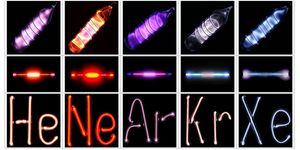Here's Why Stars Aren't Visible in Most Space Photos
When you look up at the night sky, you’ll often see a bevy of stars looking back down at you. But have you ever noticed that the vast majority of images captured from outer space lack any stars in their backgrounds?
Most people overlook this fact in awe of the planetary object the photograph depicts, but many of NASA’s images lack stars in their backgrounds. As it turns out, this has to do with the camera’s exposure, which is carefully calibrated to capture a specific object.
Like with a standard camera, the exposure on a spacecraft’s camera must be set to capture as much detail as possible when the shutter opens and closes. Many of these objects are reflecting so much of the Sun’s light at the camera that the shutter closes too quickly to capture the additional light that originates from stars in the background.
Furthermore, NASA tends to combine several images at once to create a detailed final product, which often means blending images of different exposure levels and colors to produce as accurate of an image as possible. Think of this as a high-tech HDR for outer space, and as NASA does this, they lose some of the background detail.
So yes, those stars are still there in actuality, but the camera tends to leave them out of the picture due to how cameras work in various lighting conditions.








